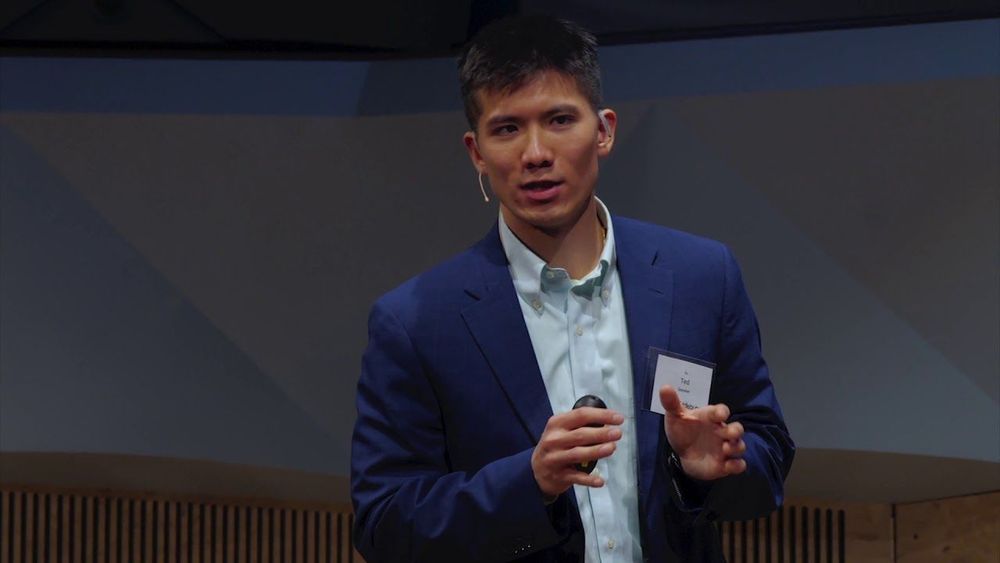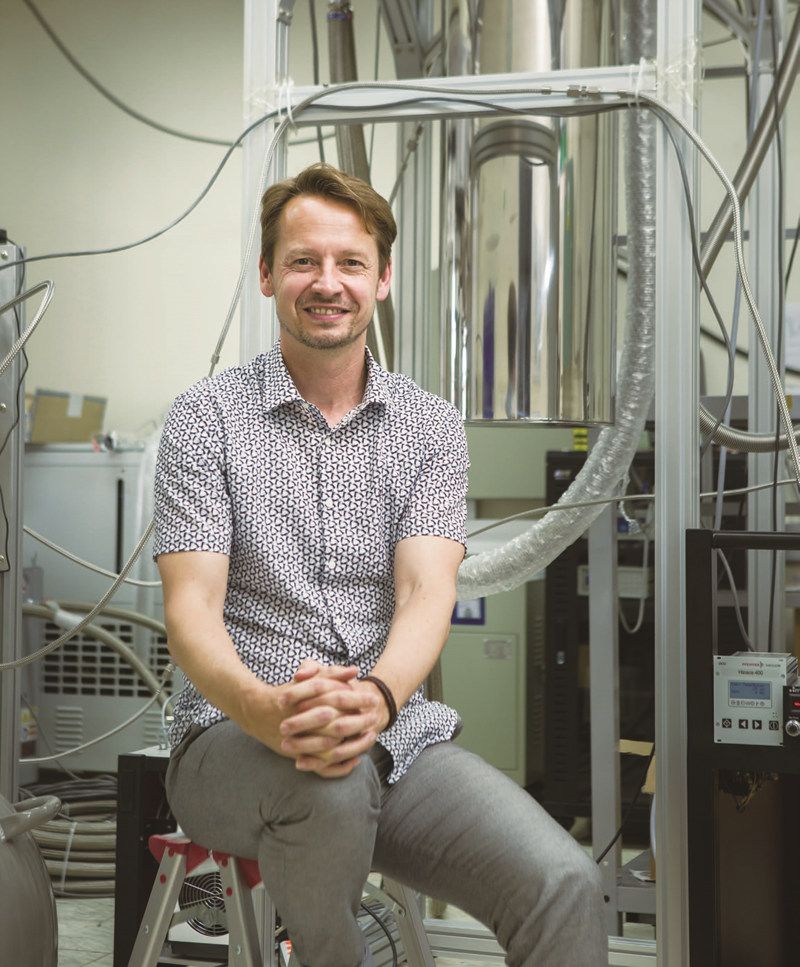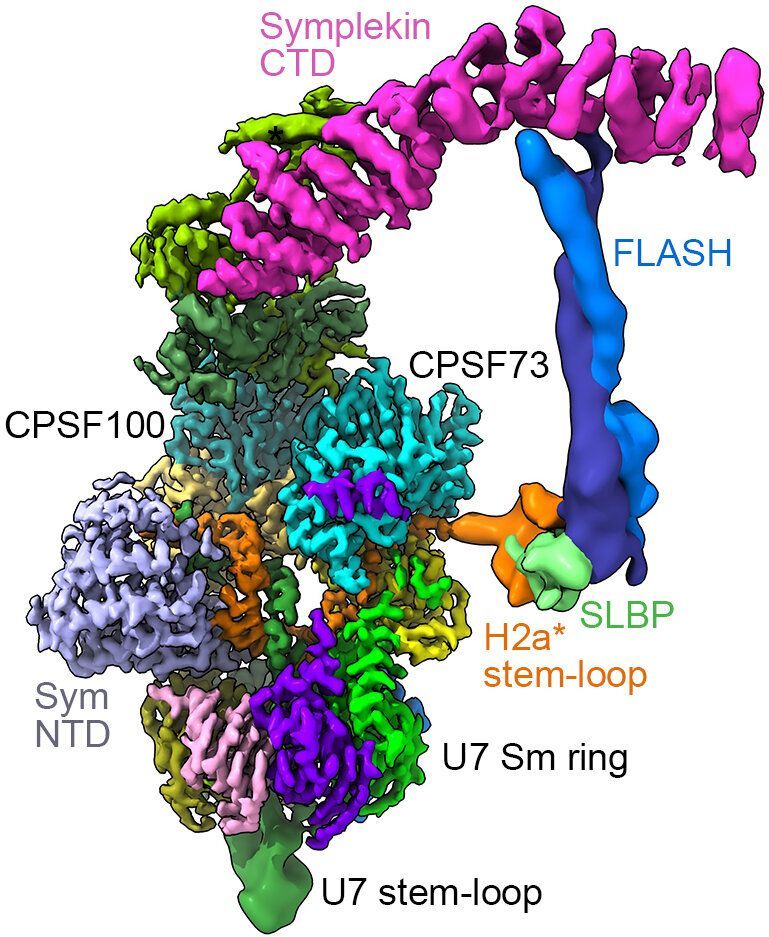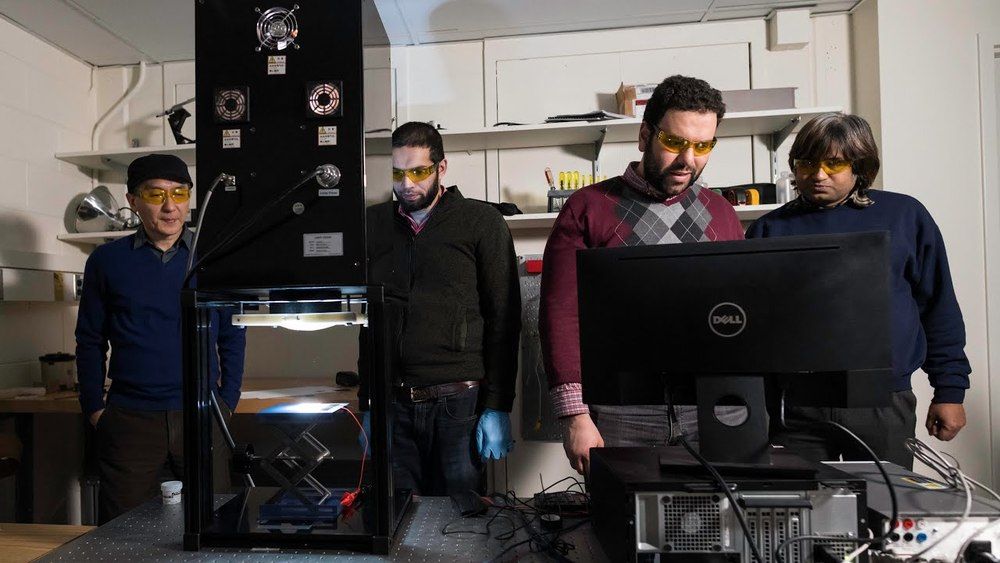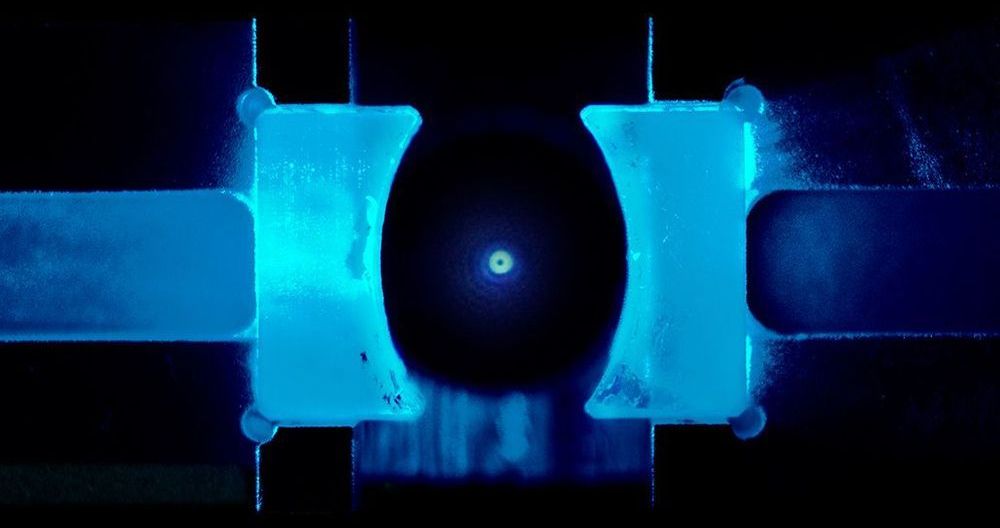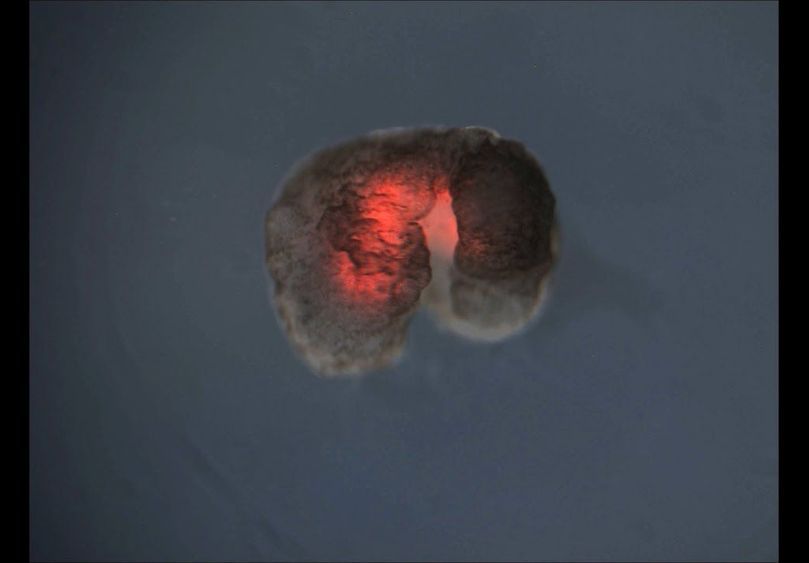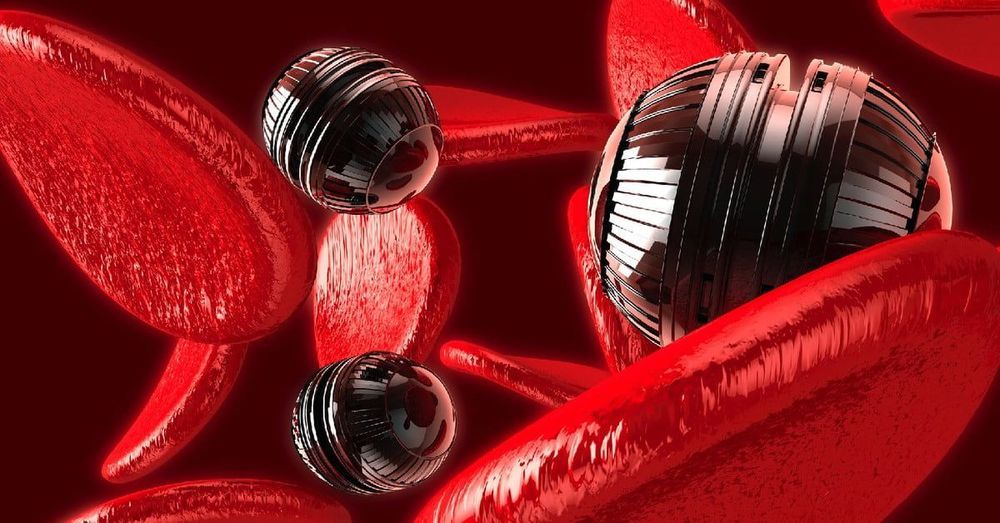Feb 15, 2020
Aging and Stem Cells | Theodore Ho | TEDxMiddlebury
Posted by John Davies in categories: bioengineering, biotech/medical, genetics, life extension, nanotechnology, neuroscience
Dr. Theodore Ho talks about the rapidly expanding possibilities of stem cells to be used in reversing or slowing the aging process. He discusses his previous and current work with the brain, including such methods as tissue clearing, multifiber photometry and optogenetics, and single resolution calcium imaging and control. Dr. Ho is a neuroscientist and stem cell biologist studying the mechanisms and causes of biological aging and potential strategies to slow or reverse them, in order to prevent the onset of age
Associated diseases to help us live healthier and longer lives.
Continue reading “Aging and Stem Cells | Theodore Ho | TEDxMiddlebury” »
